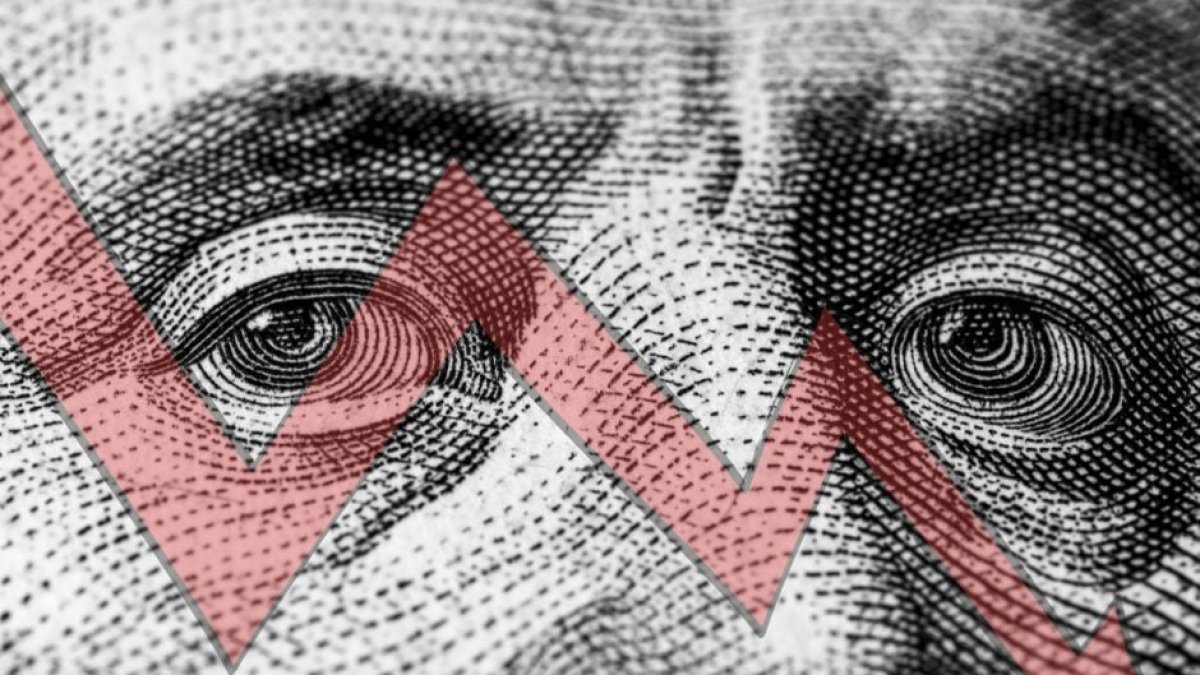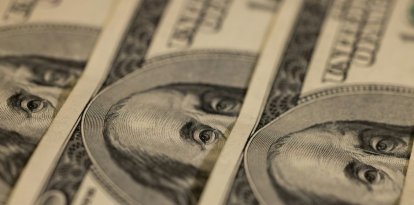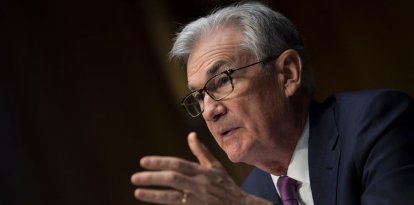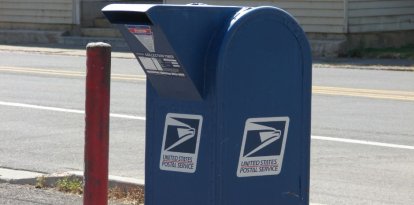Bidenomics: Most citizens don't have enough money to cover a $1,000 emergency expense
A Bankrate survey indicated that 21% would use a credit card, 10% would borrow from loved ones and 4% would apply for a personal loan.

Voz Media (Canva)
A new Bankrate survey revealed that 56% of Americans do not have enough funds to cover an "emergency expense of $1,000 or more":
The survey found that only 44% of respondents would have enough money to cover a $1,000 emergency expense. Mark Hamrick, senior economic analyst at Bankrate, stated that many citizens are still "continue to walk on thin ice" when it comes to covering an emergency expense.
Declining inflation is not enough
Nearly two-thirds (63%) of Americans said that rising prices do not leave them with enough money available to save. In other words, households are still spending more money to meet their basic needs:
This reality is reflected in an analysis from Mark Zandi, chief economist for Moody's Analytics, in which he asserted that average Americans had to pay $205 more per month last year than in 2022 to maintain their lifestyle (buying the same goods and paying for the same services). This figure increased to $680 per month if the calculation was made in comparison to what a typical household shelled out in 2021.
Zandi's analysis suggests that "inflation has fallen from the highs of mid-2022, many families have yet to see material relief." That is, despite the decline in costs reflected in the BLS report, when comparing the data to January 2021, "prices remain up a stunning 17.62%."
























